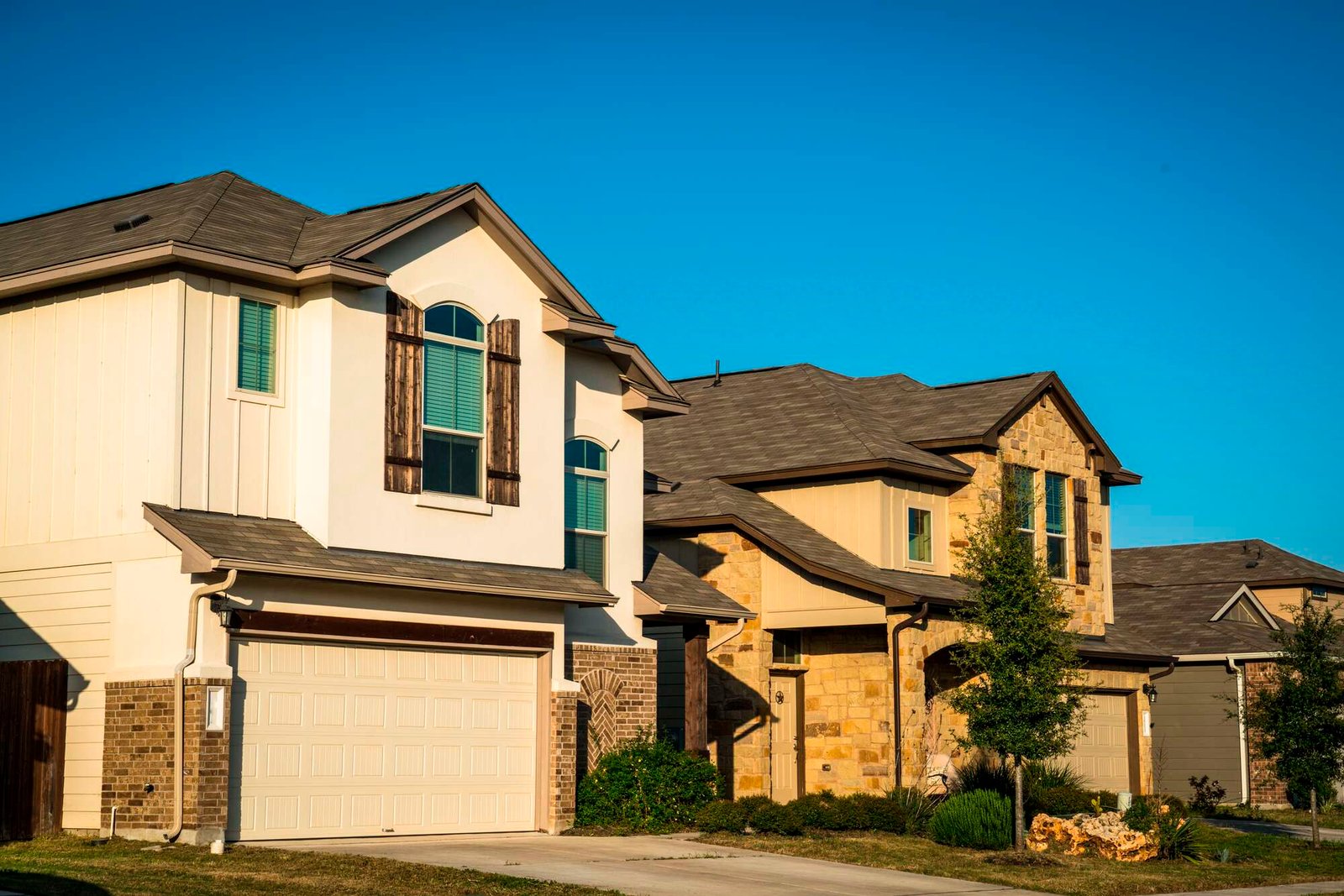[ad_1]
Markets & Finance
Home prices see biggest fall in 4 years as mortgage rates rise
Wednesday February 01 2023
Home prices see biggest fall in 4 years as mortgage rates rise. FILE PHOTO | SHUTTERSTOCK
House prices dropped by the biggest margin in the quarter to December in over four years amid an oversupply of homes and costly bank loans.
Data by realtor HassConsult show the price of an average house within the city fell 2.2 percent during the period, marking the first contraction since June 2020 at the peak of the Covid-19 economic crisis.
The fall reverses a gradual increase in home prices, which started in September 2020 following the recovery of the real estate market, which saw home costs in the year to June rise at the fastest pace in 11 years.
Property dealers have attributed the fall to the rising interest rates that deterred prospective buyers and sky-high inflation in the Western world that depressed demand from Kenyans in the diaspora.
Top commercial banks started increasing lending rates by up to 1.1 percentage points in October after the Central Bank of Kenya (CBK) raised its benchmark interest rate by the biggest margin in over seven years.
This set the stage for costly credit for homes and businesses, slowing demand for mortgages.
Lenders were reacting to CBK’s decision of September 29 that raised the benchmark interest rate by 75 basis points to 8.25 percent to anchor inflation expectations.
High-end estates such as Spring Valley, Westlands, Loresho, Runda and Lavington recorded the largest drop in home prices during the quarter.
Prices in the neighbourhoods, which host top executives, diplomats and business people, shrank by between 3.6 percent and 5.9 percent.
Donholm, Langata and Kilimani bucked the trend to record marginal increases in home prices.
Sakina Hassanali, head of development consulting and research at HassConsult says increased supply, costly credit and inflationary pressures have hurt home sales.
Read: House prices rise at fastest rate in 11 years
“There were a lot of inflationary measures put in place in the last year globally and locally that are affecting people’s ability to purchase real estate. This has seen developers not being so aggressive with their pricing,” she said.
“A lot of construction work was happening and increased supply of real estate and that means people are adjusting prices in areas with a lot of development and that’s what is affecting the price stagnation.”
The contraction emerged in the quarter that followed a political transition in Kenya after William Ruto was sworn in as Kenya’s fifth president on September 13.
A broad-based loss in momentum was witnessed in sectors such as accommodation and restaurants, other services and real estate, partly driven by uncertainty about the August 9 General Elections, which also stymied output.
A prolonged drought fanned inflation to multi-year highs, constraining consumer spending together with soaring energy and grain prices stemming from a weaker shilling, Russia’s war with Ukraine and the lingering effects of Covid-19 lockdowns.
“There were a few changes in the period including a change of government, which had caused a bit of uncertainty among investors,” said Mr Collins Chacha, head of marketing at Homes Universal.
HassConsult data also shows that rent in the city fell for the second consecutive quarter in the three months to December.
It dropped 1.5 percent from 0.2 percent in the three months to September, breaking an increase of seven quarters in a row.
Real estate was among the worst-hit sectors by the economic fallout occasioned by the Covid-19 scourge as orders by new house buyers dried up, largely due to income and job losses, cautious lending by banks, and investors choosing to keep their cash in hand as they rode out the economic uncertainty.
The sector had been one of Kenya’s fastest-growing in the decade to 2015, with returns outpacing equities and government securities.
The recovery that started in September 2020 stopped amid the costly credit.
Regulatory notices show banks raised their base interest rates by between 1.1 percentage points and 0.75 from November 11.
Read: Land, city home prices increase fastest in years
Banks use a base rate that is normally the cost of funds, plus a margin and a risk premium, to determine how much they charge a particular customer.
They are now reviewing base rates and many have applied to the CBK to revise upwards the risk premium in what could end the era of cheap credit.
The costly credit comes during a period when the economy is witnessing increased demand for loans amid the recovery from Covid-19 economic hardships, further putting pressure on lending rates.
The higher cost of loans, however, risks locking out businesses from accessing the credit they need for expansion and in turn, limits their ability to create more jobs.
“The increase (in the pricing of mortgages) is because of raising the benchmark rate and also some banks have started applying risk-based pricing,” said John Gachora, the Kenya Bankers Association chairman and also the managing director at NCBA Group.
→ [email protected]
[ad_2]
Source link



